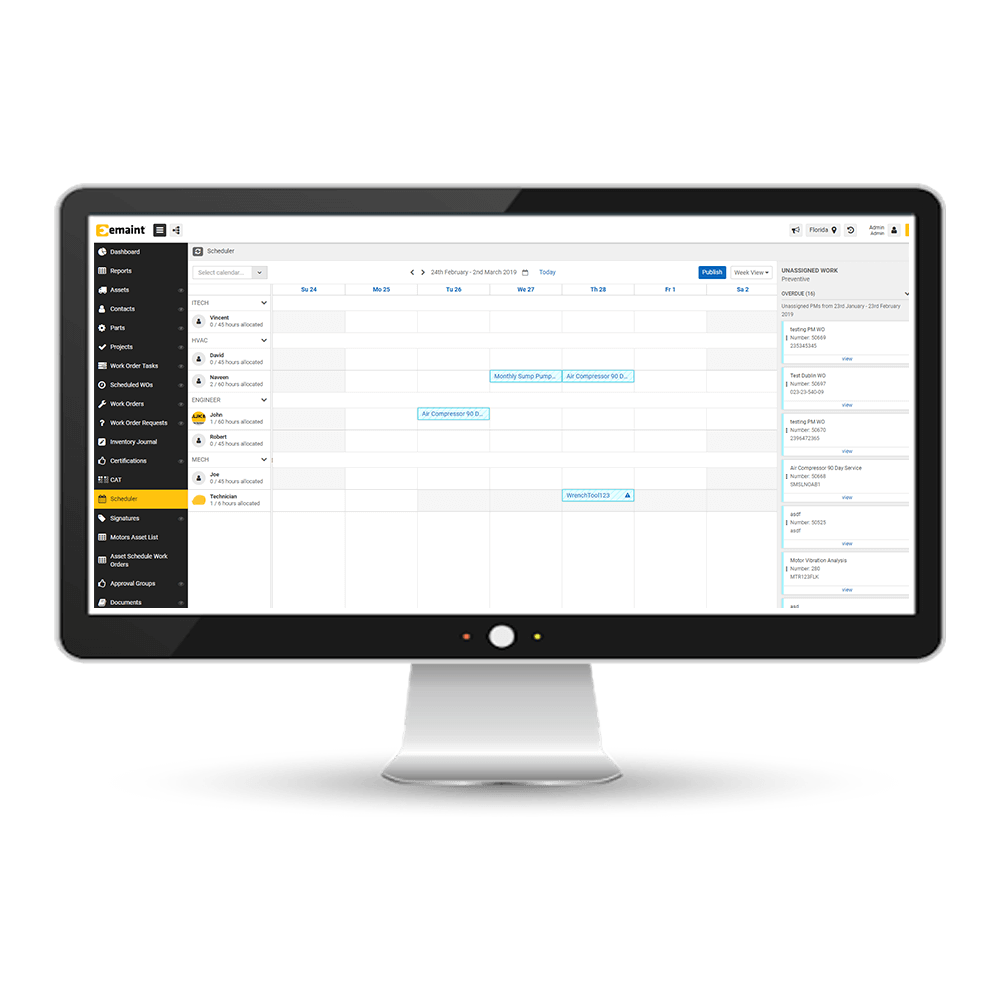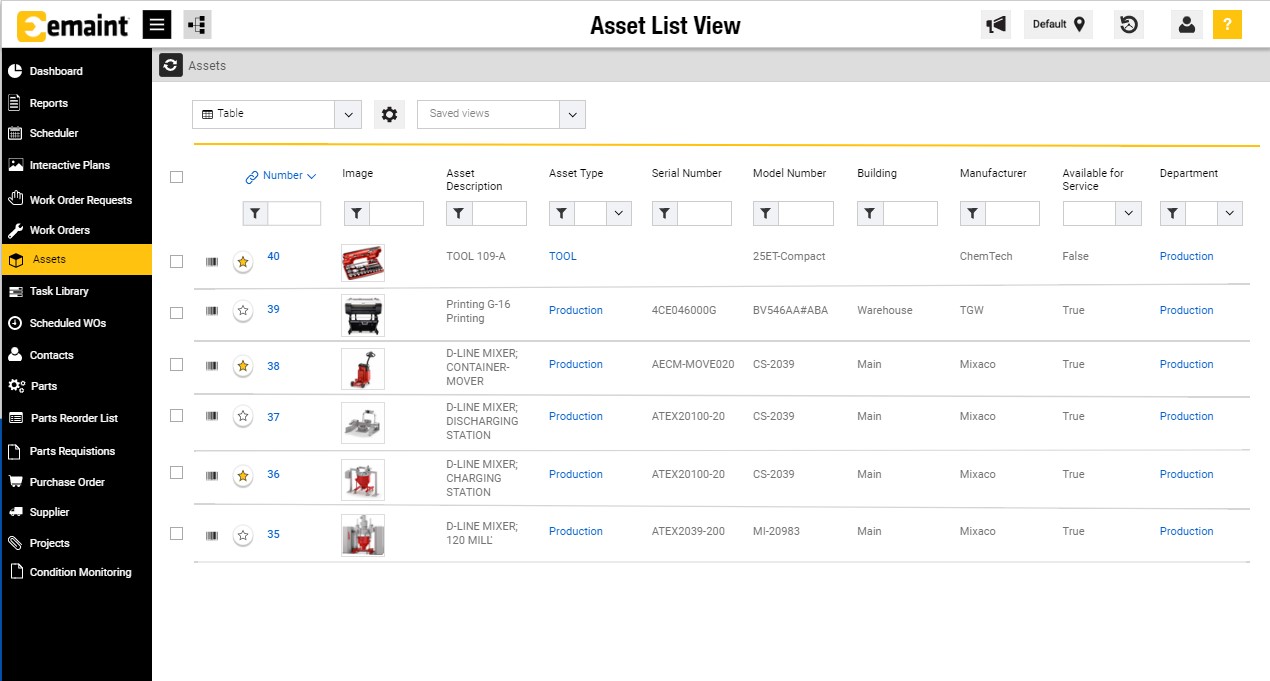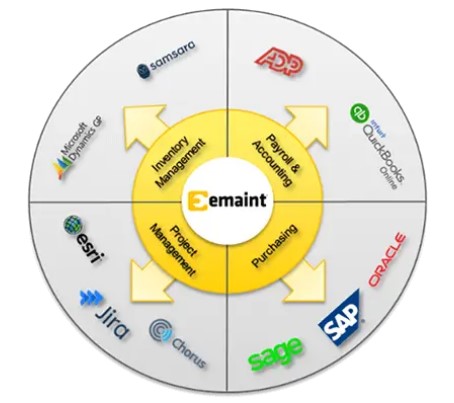
1. Task Generation on Preventive Maintenance Calendars
Within a CMMS system, users can leverage a preventive maintenance calendar and/or meter-based PM tasks for all assets and include detailed descriptions with how-to guides and other information vital to effectively performing the work.
2. Automated Preventive Maintenance Task Schedules
Developing an effective preventive maintenance program requires more than simply spinning up preventive maintenance tasks. Thankfully, CMMS systems have the tools to make important improvements. Preventive maintenance schedules let maintenance managers coordinate labor resources and parts needed to complete work. A CMMS will also let teams automatically generate preventive maintenance tasks based on a daily, weekly or monthly basis, or based on usage.

3. Handheld Tools & Condition Monitoring Sensors
Combined with a CMMS, condition monitoring software enables maintenance managers to monitor multiple assets remotely. It also lets assets trigger alarms when conditions fall outside preset norms, and enables multiple data graphs per asset with correlating current, voltage, temperature, vibration, and power quality monitoring.
4. Record Inspections and Ace the Audit Trail
A CMMS solution can also help organizations keep up with inspections and pass compliance audits. Especially in heavily regulated industries, CMMS can be an indispensable tool for users to record inspections accurately and generate corrective work orders when equipment fails inspections. The best CMMS software will also include audit trail features.

5. CMMS Data Integration
Data can be integrated into CMMS functionality to enable the completion of seamless workflows on a mobile device. This allows maintenance teams to respond to fault notifications on the move and then create, access or process work orders related to the notification in real-time. Managers coordinate teams better when they plan maintenance. Managers who plan maintenance reduce unscheduled downtime and improve response times to problems or systems failures.
CMMS can also have API integrations. For example, eMaint integrates a number of separate software systems for data sharing and linking critical business processes.

